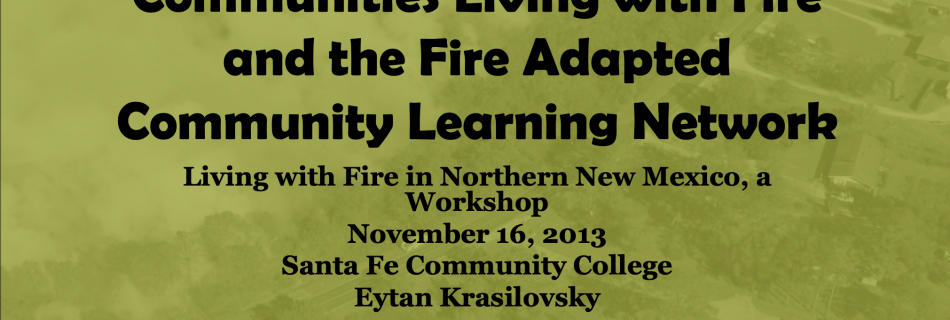September 25, 2013: How will climate change and treatments affect future forests? Testing alternatives with the Climate-FVS model
Presenter: Pete Fulè, Professor, Northern Arizona University Under current conditions, large, severe wildfires are a fact of life in southwestern ponderosa pine forests. What will burned systems look like over the coming decades under warming climate? Do management treatments make a lasting difference or will climate override their effects? We applied the relatively new feature …



